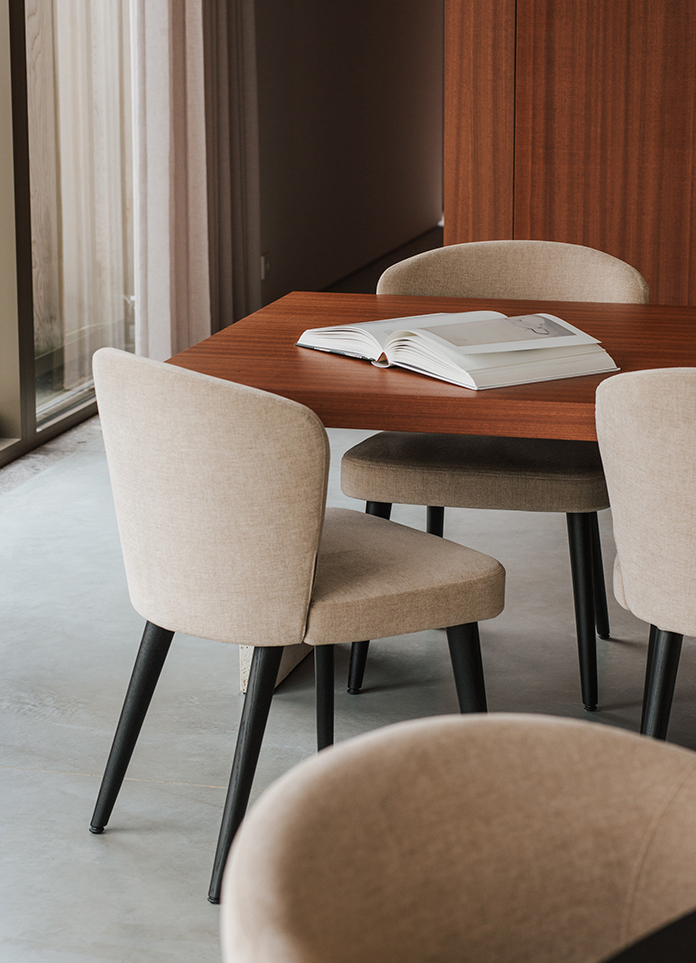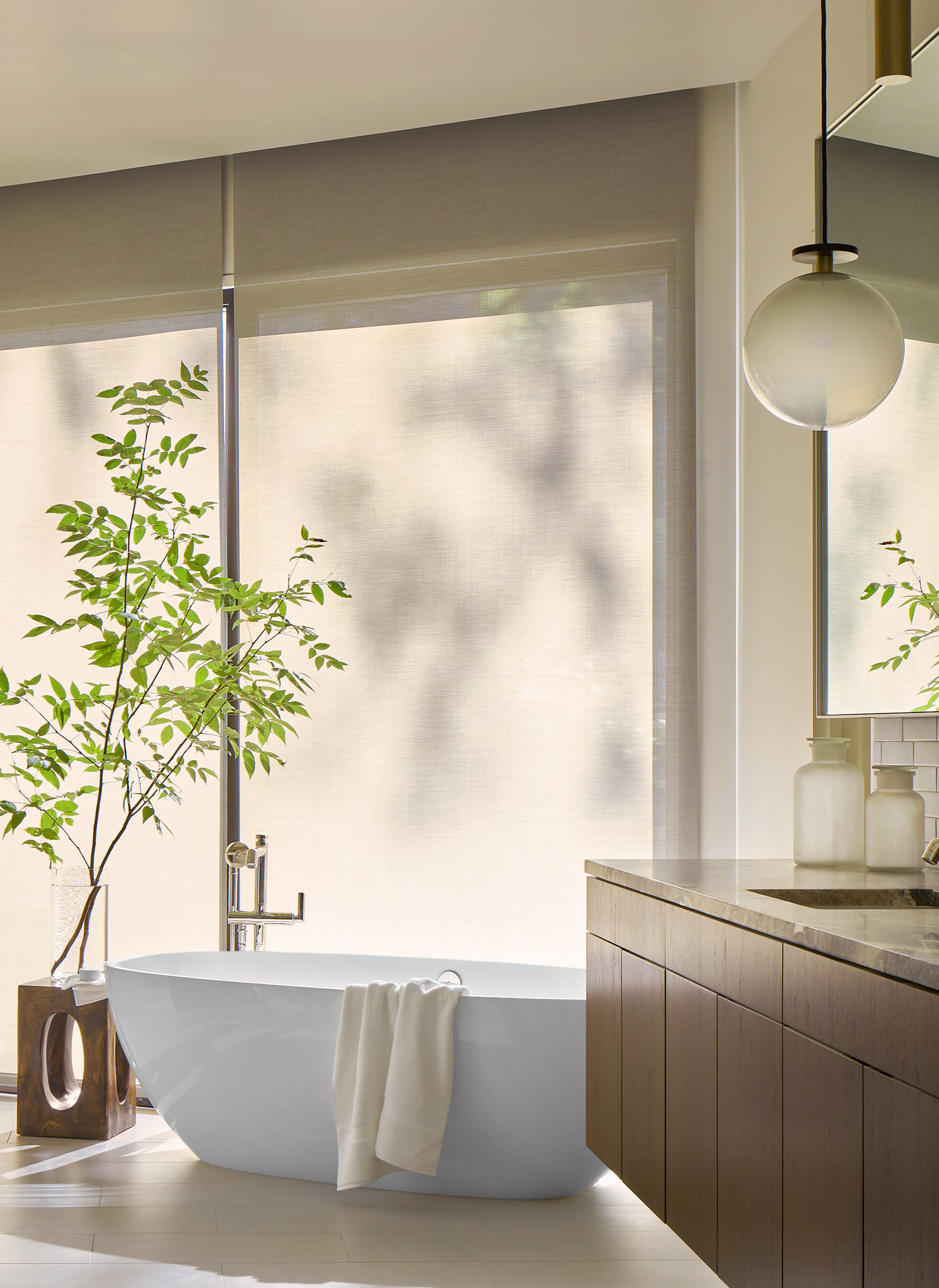
The 45-key hotel, situated in the heart of downtown at 524 State Street, is a modern reincarnation of a 20th-century hotel that once occupied this location. For the previous 10 years prior to its current transformation, the 15,617-square-foot building had served as the home of the Church of Scientology, largely cut off from the community through it’s the walls. The design approach preserves the sense of mystery while bringing an unexpected and design-forward travel experience to the popular leisure area.
In contrast, the modern interiors break this traditional design mold, with black as the main accent, complemented by concrete and wood. Drawing inspiration from the first Drift property in San Jose del Cabo, the hotel is dressed with goods from Californian and Mexican makers, paying homage to the brand’s Baja roots while celebrating its coastal Californian locale.
The exterior architecture connects the area to the surrounding community of Spanish influences, preserving and salvaging the white stucco walls, arched windows, and terracotta tiles. As part of a restoration, the challenge was to work within the historic context while creating experiences that are appealing to the modern traveler. The first-floor layout is very open, with operable walls between the coffee shop and bar to create a space for locals and travelers to collaborate. The garage doors open towards the pedestrian-only promenade to spark interest from wanderers and reveal the mystery and history of this historic structure.
Rooms, compact compared to the average hotel room, are creatively designed to maximize the square footage through design choices such as an alcove built under the bed frame to tuck away carry-on luggage and a shower featuring a glass corner to make the room look and feel more spacious upon entry, while maintaining the cozy feel. The restoration introduces a vibrant use to a previously dilapidated and generally vacant building, while helping to preserve and introduce travelers to the rich culture of Santa Barbara.
- Interiors: ANACAPA Architecture
- Photos: Erin Feinblatt

























